Grow Light vs Cloudy Day Lumenosity
oilrigg
11 years ago
Featured Answer
Sort by:Oldest
Comments (11)
oilrigg
11 years agoRelated Professionals
Edmond Landscape Architects & Landscape Designers · Baltimore Landscape Architects & Landscape Designers · Benbrook Landscape Architects & Landscape Designers · Jennings Landscape Architects & Landscape Designers · Surprise Landscape Contractors · Bound Brook Landscape Contractors · Cincinnati Landscape Contractors · East Patchogue Landscape Contractors · Kaneohe Landscape Contractors · King City Fence Contractors · Lauderhill Fence Contractors · Palmetto Fence Contractors · Ponte Vedra Beach Fence Contractors · Hacienda Heights Roofing & Gutters · Summit Roofing & Guttersart33
11 years agooilrigg
11 years agoart33
11 years agoyahs_kid
8 years agoOldDutch (Zone 4 MN)
8 years agolast modified: 8 years agoaruzinsky
8 years agolast modified: 8 years agoOldDutch (Zone 4 MN)
8 years agoSam Elder
last yearzen_man
last yearlast modified: last year
Related Stories
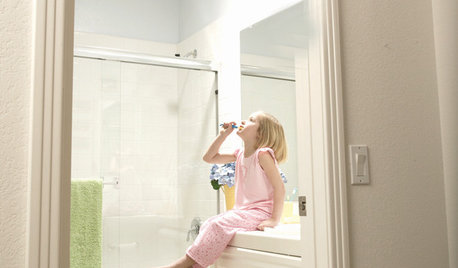
HEALTHY HOMEGet Your Light Right for a Healthy House
Homes that are too bright at night and too dark during the day are ruining our health. Here's what you can do
Full Story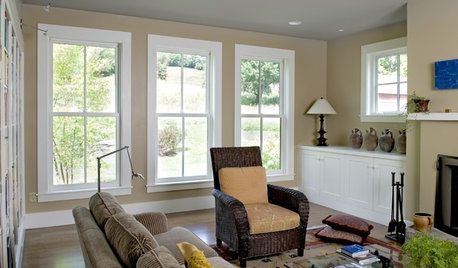
LIGHTINGSo You Bought a Cave: 7 Ways to Open Your Home to Light
Make the most of the natural light your house does have — and learn to appreciate some shadows, too
Full Story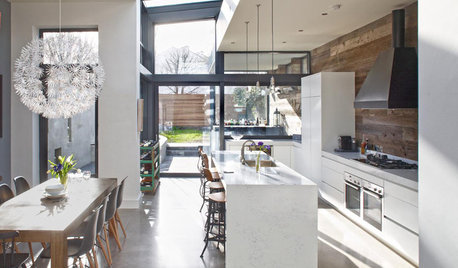
CONTEMPORARY HOMESHouzz Tour: Home Expansion Lets the Sunshine In
A Dublin home expands to accommodate a couple’s growing family and their love of entertaining
Full Story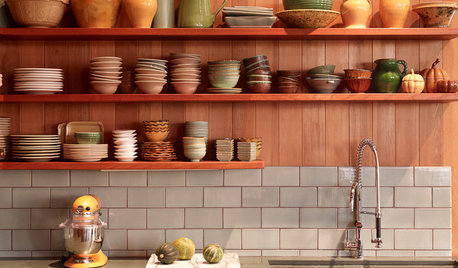
LIFETell Us: What Made You Fall for Your Kitchen?
Show the heart of your home some love for Valentine’s Day
Full Story
COLORWant Gorgeous Interior Colors? Look to the Light
See how to manipulate natural and artificial light — and learn about those baffling new bulbs — to get the exact room colors you want
Full Story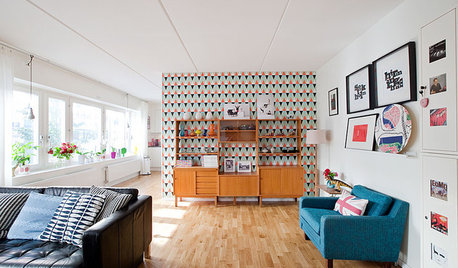
HOUZZ TOURSHouzz Tour: Sweetness and Light in a Swedish Family Home
Generous doses of white make a bright background for energetic wallpaper patterns, splashes of bright color and playful accessories
Full Story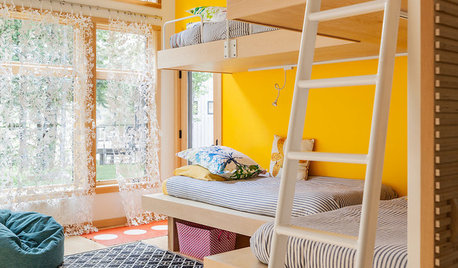
COLORDreaming in Color: 8 Eye-Opening Yellow Bedrooms
Start your day energized and cheerful with bedroom hues that sing of sunshine or golden fields
Full Story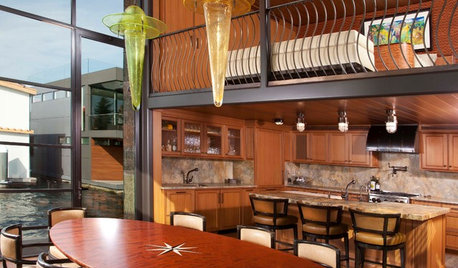
CONTEMPORARY HOMESHouzz Tour: A Bark-Covered Floating Getaway on Lake Union
If the unusual siding doesn’t clue you in to the fine craftsmanship in this floating home, the handmade handrails, lights and furniture will
Full Story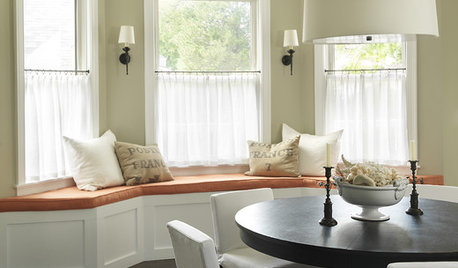
DECORATING GUIDESThe Case for In-Between Colors
These mutable hues defy easy description, but their appeal all around the home isn't hard to get
Full Story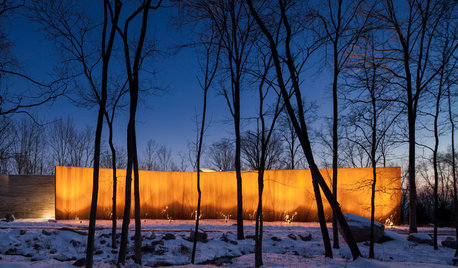
ARCHITECTUREBeauty Goes Beyond the Eye of the Beholder
Create design appeal that transcends individual tastes by learning the characteristics of universal beauty
Full StorySponsored
More Discussions







art33